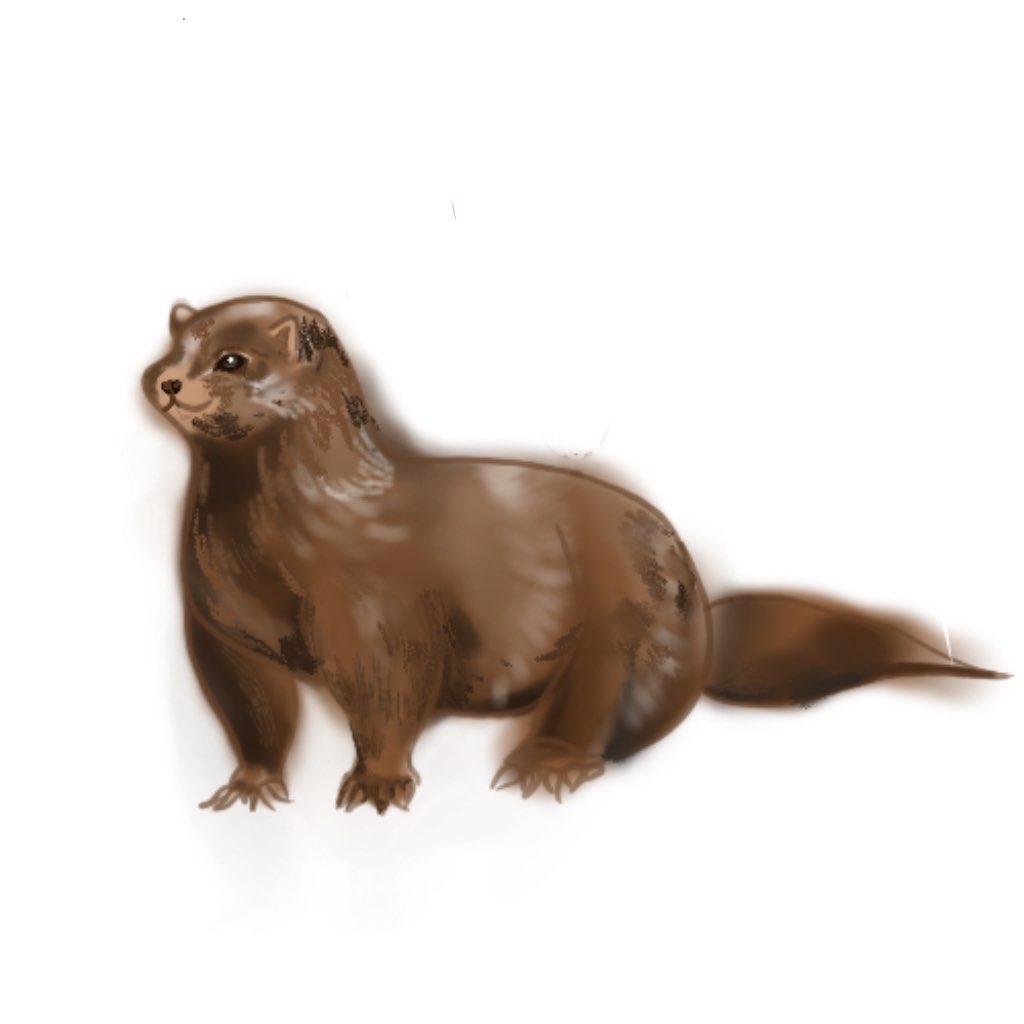Denmark Calls for Potential Mink Massacre

The World Health Organization states that in June 2020,12 variations of SARS-CoV-2, the virus that produces COVID-19, were found on mink farms in Denmark.
WHO cited transmissions between humans and minks as the primary cause of infection. Also, due to the dense population, poor living conditions, and constant transfer of the virus between minks and humans, the chances of genetic modification increased. As of November 6, Denmark, the Netherlands, Spain, Italy, Sweden, and the United States have reported detections of SARS-CoV-2 on their mink farms.
On November 4, 2020, the Danish prime minister, Metter Frederiksen, called for a mass extinction of 17 million minks in Denmark. Danish scientists are worried that the mutation will hinder the search for an effective vaccine, but the plan to extinguish the minks has been dropped because there was no legal authority to support it.
Francois Balloux, director of University College of London’s Genetic Institute, told CNN that he believes that there is no immediate risk of a mutation from the mink farms “creating some kind of new, different super strain.”
There is still not enough evidence to determine the impacts of the COVID-19 mink cases on the rest of the world. However, during a Chatham House webinar, CDC Director Dr. Anthony Fauci states that “it does not appear, at this point, that the mutation that’s been identified in the minks is going to have an impact on vaccines and affect a vaccine-induced response.”
As for the fur farming industry, the virus could shut it down quicker than was expected. BBC predicts that if Denmark decides to permanently shut down more than 1,000 mink farms, about 6,000 jobs would be lost.
Although those in the fur industry claim that the demand for fur is still high and the industry must therefore be kept alive, many animal activists protest against the mistreatment of the animals and demand that the industry be dissolved.
Also, removing fur farms would decrease the amount of harmful substances entering the environment. With 8,000 pounds of ammonia being released into the atmosphere every year and animal feces being dumped into freshwater bodies, People for the Ethical Treatment of Animals show how both air and water quality are declining.
Even though environmentalists, animal activists, and large fashion brands are pushing for the regulation and ultimate ban of fur farms, the pandemic might beat them to it.
Vivian is a former staff writer for The Talon. She’s very interested in psychology and is hoping to major in it and become a clinical psychologist one day. When she’s not busy, she loves to read, embroider, and watch Korean dramas.
Iris is a former graphics-designer for The Talon. She has always enjoyed creating art to enhance writing. She has always held a deep interest in art and she hopes to display that passion through The Talon.







